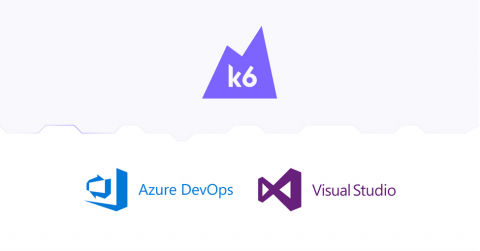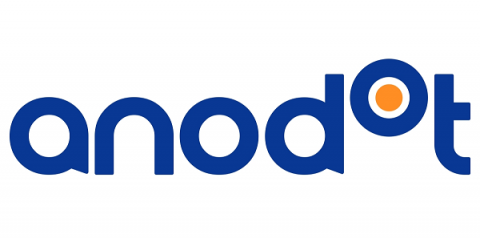Systems | Development | Analytics | API | Testing
%term
k6 as alternative to Azure load testing and Visual Studio load test
At the end of 2018, Microsoft stated that Visual Studio 2019 is the last version with load testing features. A few months later they formally announced that Azure load testing is closing down on March 31st, 2020. This announcement came as a bomb to the community. But for those who follow this market, the news was not a complete surprise.
Now's the Time to Perfect Your Customer Experience
As the COVID-19 outbreak progressively impacts the world, many companies are grappling with the strain. It’s a very uncertain time for business right now. Even with so many factors out of your control, but there are a few things you can do proactively to protect your business. Keep your customers happy. Do everything you can to provide the best customer experience and remedy leaks early.
What Is a Requirement Traceability Matrix?
When developing software applications, we want to make sure the application does what the software requirements say it’s supposed to do, and testing proves that it does. In this article, I’ll explore how to link requirements to test cases, and I’ll explain what a requirement traceability matrix is and how to build a simple one.
Optimize Your Testing Efforts for Continuous Delivery
In these tough times, the well-being of customers and employees is the most important for every organization. During this unexpected crisis, there are teams working from home while there are few workplaces that have reduced workforce. It is a given that the thoughts, efficiency and availability of your team will not be the same as you may expect otherwise. In these conditions, it is vital that the robustness of your software is not compromised.
5 Tips for Testers to Work Remotely During the Coronavirus Outbreak
The COVID-19, or Coronavirus, crisis has made significant impacts on the lives of every one of us, let alone the way organizations operate. Working from home is becoming a norm for companies to ensure their staff’s safety, prevent the spread of the virus, and follow the restrictions of the government.
Survey Results Show The Sudden & Severe Impacts That COVID-19 Has Had On Businesses. Here's How They're Responding...
Katalon is a 2020 Gartner Peer Insights Customers' Choice
The Katalon team is excited to share that we were, once again, named a March 2020 Gartner Peer Insights Customers’ Choice for the Software Test Automation market.
Kong for Kubernetes 0.8 Released!
Kong for Kubernetes is a Kubernetes Ingress Controller based on the Kong Gateway open source project. Kong for K8s is fully Kubernetes-native and provides enhanced API management capabilities. From an architectural perspective, Kong for K8s consists of two parts: A Kubernetes controller, which manages the state of Kong for K8S ingress configuration, and the Kong Gateway, which processes and manages incoming API requests.
Software and team structures: the fundamental relationship
Software developers and software architects have, for a very long time, stood on opposite sides of the “whose is better” competition. They have completely different beliefs, with each vowing that theirs is the correct one. Some swear by Java as the holy grail of backend; some worship Go as the right solution to all your backend problems. But, really, is there one right answer? Apart from the tools that you use, the architecture you will be using differs from company to company.











